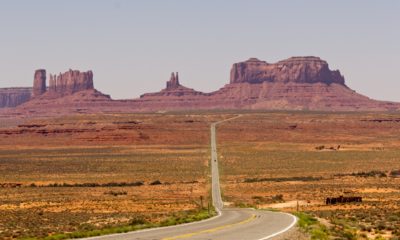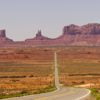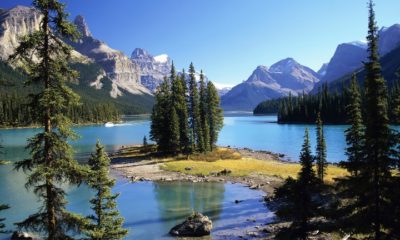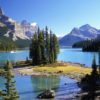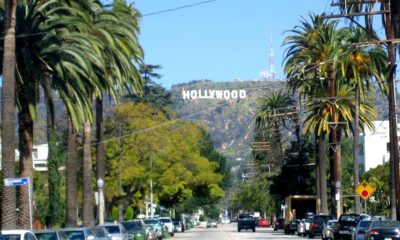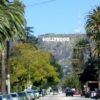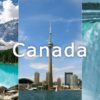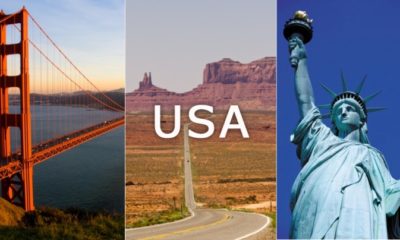North & Central America
Backpacking Panama Need To Know
Basics
Language:
Capital:
Currency:
| Dial Code:
Emergency Services Number:
Time Difference:
|
Entry
Citizens of most countries (including all EU countries, The US, Canada, New Zealand and Australia) do not need a visa for stays of less than 180 days.
You must have a return or onward ticket and the equivalent of US$500 or a credit card.
Your passport should be valid for a minimum period of 6 months from the date of exit from Panama. Your passport must also have several unused pages.
For official information visit your home government travel bureau.
Getting Around
Use registered yellow taxi companies. Picking up multiple travellers in Panama is common practice, but you should insist that taxi drivers do not do this.
More detail is to come in this section, but you can read about general advice regarding Getting Around When You Get There
Accommodation
Panama has hostels in major cities and tourist areas.
The average price of a hostel is $11-17 (£7-11) a night. Hotels can also be relatively cheap, but vary in quality.
All hostels in Panama will provide linen and bathroom facilities. Usually there will be internet facilities as well as common and laundry rooms.
Read more about Accommodation When You Get There and Living in Hostels
Food And Health
Restaurants are cheap and cooking facilities in hostels are rare.
Food hygiene and safety is satisfactory, but isn’t up to Western standards. Use your instincts; if the place looks dirty, don’t eat there; if your food isn’t piping hot, don’t eat it.
Water is generally not safe to drink, so it is best to buy bottled or boil.
Panama City has some good private hospitals and clinics, but medical facilities outside the capital are limited. Make sure you have adequate travel health insurance and accessible funds to cover the cost of any medical treatment abroad and repatriation.
Mosquito borne viruses are present in Panama, so you should take steps to avoid being bitten by mosquitoes. Always contact your GP around 8 weeks before your trip to check whether you need any vaccinations or other preventive measures. Visit here for Recommended Vaccinations and read here for more about Travelling Health In General
Weather & Time To Go
The climate is tropical, so very hot and humid throughout the year. It is best to visit in the dry season; December to April.
Communications
Internet and wifi is widespread and accessible in most hostels. Local pay-as-you-go SIM cards for your mobile phone and international calling cards are cheaply available.
Dangers And Considerations
The border area with Colombia is dangerous and best avoided.
Most crime is among members of rival drug gangs, but you should take sensible precautions to protect yourself and your belongings against the risk of street crime particularly in San Miguelito, El Chorillo and Juan Diaz. Robberies at restaurants can happen in popular areas in Panama City like Obarrio, San Francisco and El Cangrejo.
If you travel to the Darien province you should do so only with an organised group and to recognised tourist destinations protected by the Panamanian police.
Don’t become involved with drugs in any way, simply being in the company of someone who is using drugs is sufficient grounds for arrest. Possession of even very small quantities can lead to imprisonment of up to 15 years. The judicial process is slow and prison conditions are very harsh.
Many restaurants, hotels and shops will only accept US$20 notes or require identification for use of larger value notes because of problems with counterfeit $50 and $100 notes.
Don’t bathe in the Bay of Panama; it is polluted with untreated sewage and industrial waste. Take great care when wading or swimming on Pacific and Caribbean beaches as in some places there are strong currents and undertows.
Dangers constantly change. Always check with your foreign office (British Foreign Office webpage) or travel advice bureau for the latest information regarding your destinations safety.




